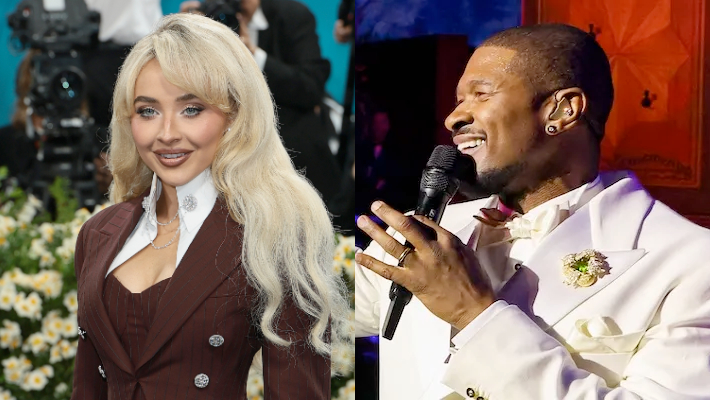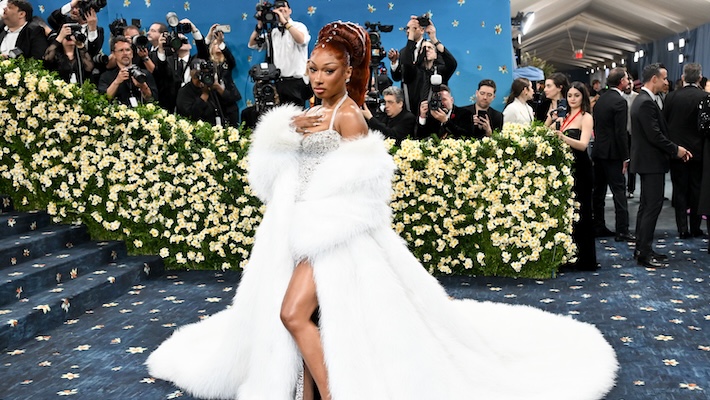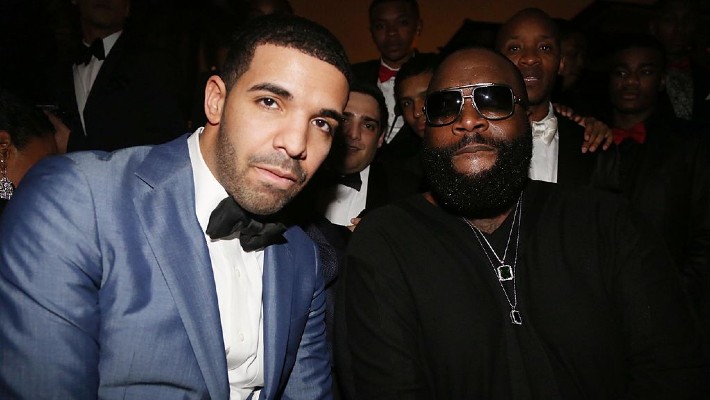For over a decade, there’s been a fish-shaped hole looming on the Lower East Side. It’s not a public safety hazard, although some may argue it’s a hazard to fun. Largely affecting the social lives of its previous inhabitants, its presence is felt by creatives, skaters, and artist-adjacents.
The culprit? Max Fish. Not a man this time—but the neighborhood hub from 1989 until 2013. But recently, it reappeared for one night only (a flash in the pan for “The Fish”) and offered a new generation to take a glimpse at Indie rock’s former home base.
For those unfamiliar with the Downtown institution, allow us to take a walk down memory lane. Destination: Ludlow Street. For many New Yorkers, this street was the birthplace of the 90s Lower East Side Renaissance. For even more New Yorkers, this street was the birthplace of “cool.” Point blank, period.
You see, the late 80s and early 90s was a changing time for the city. New skyscrapers were forming, the Wolf of Wall Street lifestyle was a literal thing, and necktied normies were flooding our streets. During this era of major gentrification and an aesthetic overhaul, Ludlow Street raised its middle finger at change.
At the time, a scrappy mishmash of vintage boutiques, hole-in-the-wall eateries, and dive bars cropped up in the basements of old tenements. But unlike its neighboring cookie-cutter new developments, they didn’t need fresh paint and new walls. The existing structures sufficed. It was a thriving, slightly out-of-the-way community of creatives—an IYKYK area, so to speak. Less ritzy and glam than its uptown counterparts, the Lower East Side was a neighborhood you didn’t just accidentally stumble upon. After all, it was a deliberate choice to transfer multiple subway lines and walk a few avenues just to visit.
There was no place more eclectic. Velvet Underground-era bohemians kibitzed with fresh suburban transplants over cheap beers. Flannel-wearing boys with long hair rocked up on their skateboards, and poor musicians scraped together a few coins for a night out. Outside, they’d share a pack of American Spirits and a tale or two about their latest artistic venture, then duck into Max Fish for a round of dimly lit billiards.
For over two decades, this was routine. Search up “Max Fish,” and grainy digital camera snaps of hipsters (ahem…“indie sleaze”) splash up on your screen. There were all the tenants of a dive bar good time: random and often changing wall art, a jukebox with a long queue, a mega graffitied bathroom, a slightly sticky floor, and obviously cheap beer on tap. Skater-skirted girls and mustached fake lumberjacks flirted at the skeeball machine. Grunge-y greats (we’re talking the levels of Johnny Depp, Ethan Hawke, and James Gandolfini) would quietly pull up a bar stool for a nonchalant chat with an unaffected bartender. Inside Max Fish, everybody was just a Joe Schmo.
“I think they were attracted to the raw energy of the space,” says founder Ulli Rimkus. “A place where you can truly be yourself and feel at home.”
Each night was rinse and repeat: beers, gin and tonics, the famous, the “unfamous,” breakups, makeups, parties, afterparties, go, go go.
That is until The Fish was killed on July 31, 2013. Cause of death: rent hikes. One year later, Rimkus set up shop two blocks south on Orchard Street, where she drew a similar crowd of various creative types until the Fish caught Covid and shuttered once more in 2020.
With it, the LES dynamic shifted. The grunge, the grim, and the creative spirit all rooted at Max Fish dissipated into increasingly Instagram-worthy surroundings. It was a shift in culture and a smoke signal of trends to come. Suddenly, the kids didn’t want The Strokes; they wanted Dua Lipa pop. Grimey indie rock bars were replaced by lounges with a dress code. Boys on skateboards were swapped with finance bros on Citibikes. And the skater slash artsy slash underground clientele? They were pushed across the East River to Bushwick and Ridgewood, a forty-minute subway commute from their LES origins.
We’ve been Fish-less for four years. We’ve been starving. But recently, our appetites were satiated, thanks to none other than Vans. Yes, skater bar meets skater brand—makes sense, no?
In the latest installment of its OTW series in partnership with PLAYLAB, INC. and perfectly timed with New York Fashion Week, Vans revived the cultural cornerstone. It’s a new series they’re doing: resurrecting cultural landmarks of yesteryear and bringing the skate community together in honor of lasting legacies. Is it a breeding ground for FOMO? Yes. Is it “bragging rights” to get on the list? Absolutely.
Max Fish was resuscitated on 45 Grand Street, a few blocks west of its last headquarters. Despite the address change, the pop-up Max Fish retained authenticity, wheeling in relics from the original bar, including the much-loved pool table, iconic Pegasus statue, and, oh yes, the Julio Iglesias lightbox, too. For the remaining bits and pieces that couldn’t be unarchived, they were faithfully recreated down to the Nth degree. OG bartenders turned visual artists Marc and Tino Razo re-visited the legendary “S” bar. Even the bathroom featured seemingly 24 years’ worth of graffiti art.
Unlike modern LES establishments, there was no hyperpop. No autotune, either. And no, no top 40 hits. A refurbished jukebox was outfitted with the same songs that soundtracked the original Max Fish. The Smiths boomed from speakers, followed by Passion Pit. For a brief moment, we lived our #downtowngirl Tumblr dreams.
As the night wound down, TV on The Radio hit the stage with a nostalgic set from the glory days of the Lower East Side. Will Max Fish ever be fully revived? Who knows. For now, we’ll just have to settle for sharing our wildest Fish tales with the next generation, still buzzing about that time we got to sip gin and tonics in a place that, for one more night, felt like home—until the lights came on and it was time to go.



